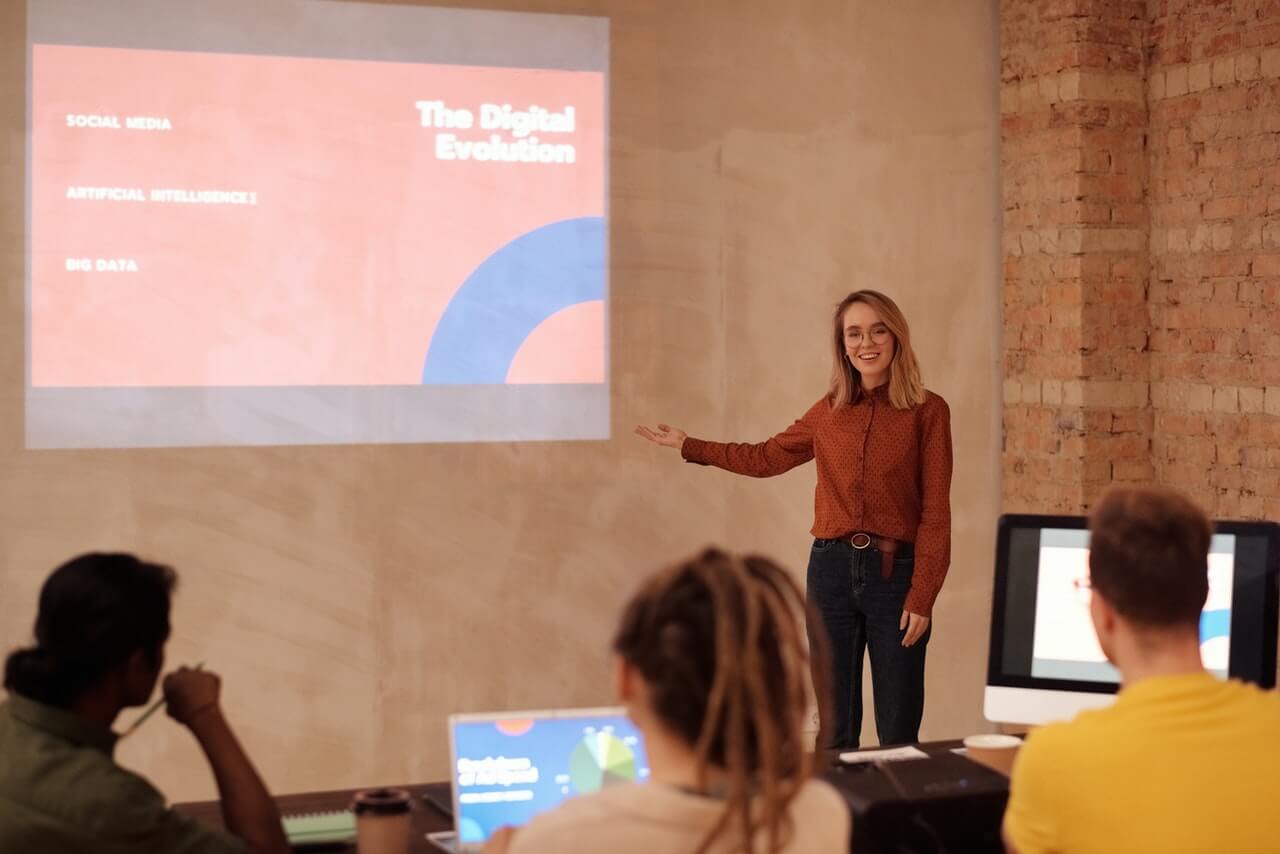M is for Message
For speaking success, start and end with a big-picture message about why you are speaking…
Our content is reader-supported. Things you buy through links on our site may earn us a commission
Never miss out on well-researched articles in your field of interest with our weekly newsletter.

Subscriber

For speaking success, start and end with a big-picture message about why you are speaking…

How many times have you sat through a meeting or presentation that was so dull…

Let’s begin with those Killer slides. These days, there is just no excuse for poorly…

J is for the pure Joy of presenting. How often we view presenting as a…

Have you ever stumbled a little over your introduction? I sure have! I vividly remember…

As you know, we continue our alphabetical count-down of communication attributes and skills. Today we…

Here are some of the words starting with the letter G that we can use…

We continue with our alphabet of terms for great speaking. Focus. When we speak in…

If you follow this blog you know we are working our way through the alphabet,…

We have been exploring the qualities of great presenters, starting with A and on our…

We continue describing effective presentation skills by the alphabet. C is for Courage. It takes…

We have begun to explore the qualities of great presenters, starting with A and going…

If you want to play along, suggest your own great words starting with the letter…

Ever hear someone speak who sounds like she or he is asking questions instead of…

There is something about our crazy busy work life that works to our disadvantage; we…

Whenever you meet people for the first time, whether they are audience members, prospective customers…